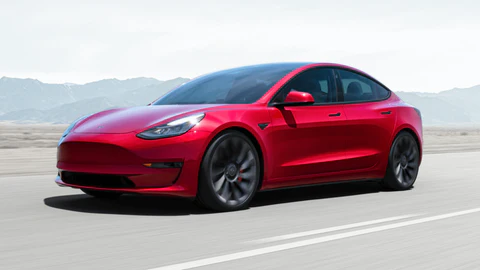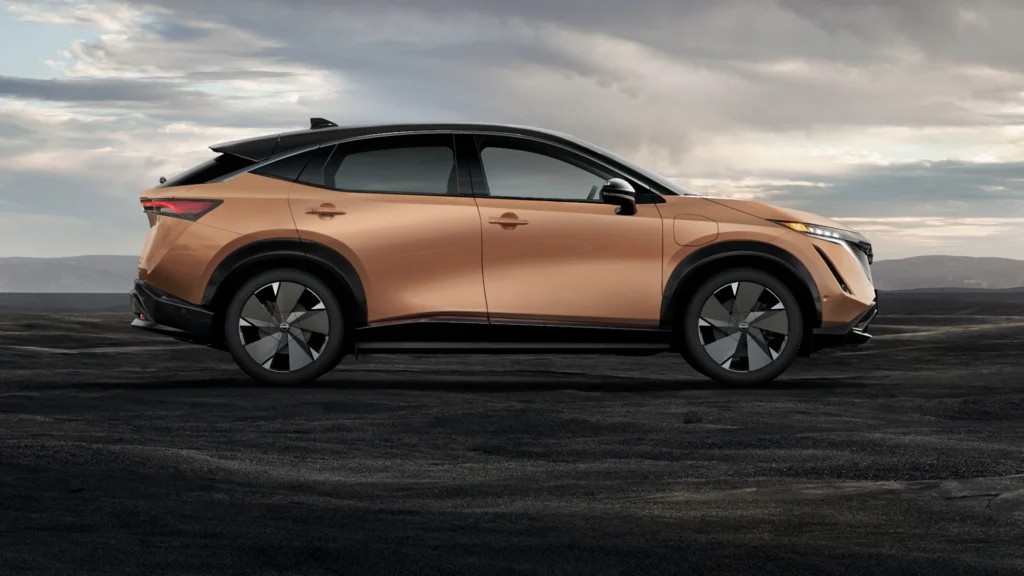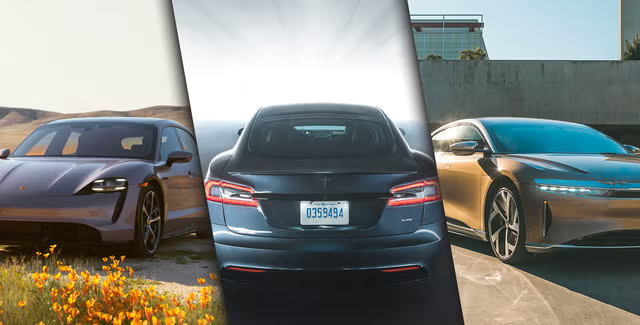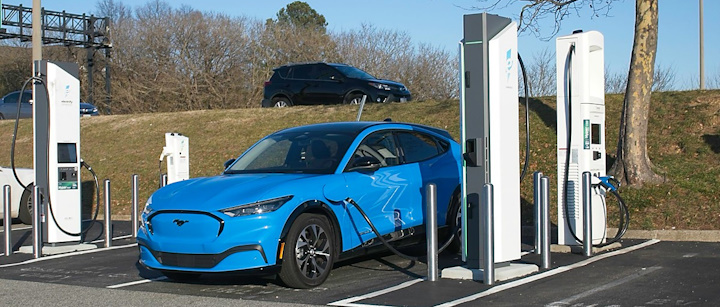As the world shifts towards a more sustainable and environmentally friendly future, electric vehicles (EVs) have become an increasingly popular option for those looking to reduce their carbon footprint. Despite their growing popularity, EVs are still often misunderstood, and many common myths and misconceptions surround them.
The concept of electric vehicles dates back to the 19th century, with the first electric cars emerging in the 1830s. However, it wasn’t until the late 20th century that EVs began to gain traction as a viable alternative to traditional gas-powered vehicles.
Tesla Motors, the automobile company led by one of the world’s wealthiest individuals, Elon Musk, initiated the resurgence of EVs. In 2004, the Tesla Roadster marked the beginning of the production of these cars, with deliveries to customers starting in 2008. The Roadster’s ingenuity as a pure electric car lay in its use of lithium-ion battery cells. It was also the first electric vehicle to travel more than 200 miles simultaneously.

In 2010, Nissan entered the Japanese and US markets with the first modern, pure electric, zero tailpipe emissions family hatchback car produced for the mass market by a major manufacturer.

Other notable milestones include 2016, when the global sale of electric vehicles surpassed the one million mark, and 2020 when Tesla Motors became the first car manufacturer to produce one million electric cars.
While EVs continue to experience tremendous growth, this exploration delves into the world of EVs, separating fact from fiction and examining the benefits and realities of owning an electric vehicle.
- EVs are too expensive but cost-effective
One of the most common misconceptions about EVs is that they are expensive. While it’s true that some EVs can come with a higher price tag, the overall cost of ownership is often lower than that of vehicles powered by internal combustion engines.
In sharp contrast, EVs typically require less maintenance, with fewer moving parts and no need for oil changes. This can save you around $3 (GHS 46) to $5 (GHS 76) per year, depending on your driving habits and the type of EV you own.
Electricity is generally cheaper than gasoline. According to the US Department of Energy, charging an EV can cost as little as GHS 15 to GHS 25 per 100 miles (approximately GHS 0.15 to GHS 0.25 per kilometer).
This translates to savings of around $6000 (GHS 92,185) to$ 10,000 (GHS 153,641) per year, assuming an average annual driving distance of 15,000 kilometers.
Many governments offer incentives, such as tax credits or rebates, to encourage the adoption of EVs. In Ghana, for example, the government has announced plans to introduce incentives for EV adoption, aiming to reduce emissions from the transport sector and promote alternative vehicle technologies.
2. EVs have limited range and are always running out of charge
Another common concern about EVs is that they have a limited range and are always running out of charge. However, the reality is that most EVs have a range of over 320 kilometers (200 miles), and some models can travel up to 800 kilometers (500 miles) or more on a single charge.
Range anxiety is often more of a psychological phenomenon than a practical concern for most EV owners. With a little planning, you can easily charge your EV at home, at work, or one of the many public charging stations.
Charging infrastructure is expanding rapidly, with many countries investing heavily in the development of high-speed charging networks.
3. EVs are slow and lack performance
Some people believe that EVs are slow and lack the performance of traditional gas-powered vehicles. However, the opposite is often true. EVs typically have excellent acceleration and performance, thanks to the instant torque provided by their electric motors.
EVs like the Tesla Model S and Porsche Taycan can accelerate from 0-60 mph in under 3 seconds, which is comparable to, if not better than, many traditional gas-powered sports cars.
Electric motors provide smooth, quiet, and seamless power delivery. This makes EVs feel quick and responsive, even at low speeds.

Additionally, EVs often have a lower center of gravity due to the placement of their batteries, which can improve handling and stability.
4. EVs are bad for the environment
Some critics argue that EVs are bad for the environment, citing the production emissions and resource extraction required to manufacture their batteries. However, numerous studies have shown that EVs have a significantly lower carbon footprint than traditional gas-powered vehicles.
A study by the Union of Concerned Scientists found that EVs produce less than half the emissions of gas-powered vehicles over their lifetimes.
EVs can be powered by renewable energy sources, such as solar or wind power, which further reduces their carbon footprint.

Battery recycling is becoming increasingly efficient, with many manufacturers developing closed-loop recycling systems.
5. EVs are not safe
Although some people believe that EVs are not safe, citing concerns about battery fires and electrical shocks, the reality is that EVs are designed with safety in mind and have undergone rigorous testing to ensure they meet or exceed international safety standards.




